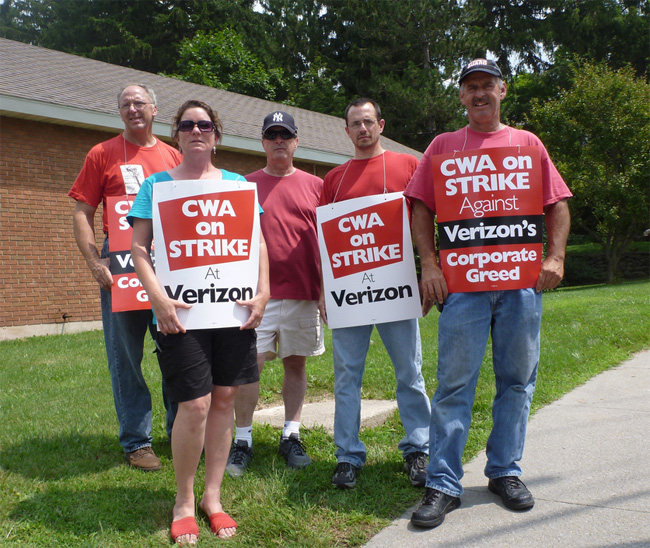Economy Watch: U.S. Job Creation at Standstill in August, Construction Spending in the Doldrums
The Bureau of Labor Statistics reported that zero jobs were created in August, which is essentially a loss. Retailers had reasons to be cheerful for the month. But construction remains sluggish.
September 2, 2011
By Dees Stribling, Contributing Editor
The newly found focus on jobs in Washington — with the administration pushing one plan, House Republicans another — seems all the more urgent in the light of the jobs numbers on Friday. The Bureau of Labor Statistics reported that zero jobs were created in August, which is essentially a loss, since the workforce grows each month as the U.S. population does. The unemployment rate remained at 9.1 percent.
Ahead of the BLS report on Friday, the U.S. Department of Labor said that weekly applications for unemployment benefits dropped 12,000 to 409,000 for the week ending Aug. 27, which was fewer than expected. Employers might not be hiring, but they aren’t firing so much either. Some of the decline could be chalked up to the end of the strike by Verizon workers, however.
The four-week average of unemployment claims, which is generally less volatile that the weekly numbers, rose last week to 410,250. That rise was driven by the Verizon strike, which will no longer be a factor in joblessness going forward. The most recent peak in the four-week average was in May, when it stood at 440,250.
Retailers Had Good August (Mostly)
Retailers had reasons to be cheerful in August. Despite pervasive nervousness over S&P’s downgrade of U.S. debt, a weirdly placed earthquake and a hurricane that slapped the East Coast, Americans kept shopping.
In a confirmation of earlier government reports that U.S. consumers were increasing their spending last month, the International Council of Shopping Centers said on Thursday that same-store sales among 26 major retailers averaged 4.6 percent higher this August than during the same month a year ago. Upmarket retailers and discounters both did fairly well, though the 800-lb. gorilla discounter Walmart doesn’t publish monthly numbers any more.
For instance, Target Corp., aided by back-to-school sales, saw same-store sales up 4.1 percent for the month, a figure boosted somewhat by East Coast shoppers preparing for Hurricane Irene. At the upscale end of the retail spectrum, Nordstrom Inc. experienced a 6.7 percent same-store gain compared with last August. On the other hand, some retailers lost ground in August. A number of middle-market retailers such as J.C. Penney Co. and Kohl’s Corp. saw declines, as did Gap Inc.
Construction Spending in the Doldrums
Unlike retail, the U.S. construction industry hasn’t been having such a good summer. According to the U.S. Department of Commerce on Thursday, construction spending dropped 1.3 percent month-over-month in July, the largest monthly decline since January and something of a surprise, since spending had increased in June by 1.6 percent.
Every kind of construction is sluggish. Private construction spending lost 0.9 percent, including a drop of 1.4 percent in homebuilding and a surprising 2.9 percent drop in home improvement spending. Less surprisingly, public construction was down 2.1 percent as governments deal with revenue shortfalls. State and local government construction spending contracted 1.9 percent and the federal government spent 3.6 percent less on construction month-over-month.
Wall Street had a lousy day on Thursday, its four-day winning streak coming to an end. The Dow Jones Industrial Average lost 119.96 points, or 1.03 percent, while the S&P 500 was down 1.19 percent and the Nasdaq declined by 1.3 percent.








You must be logged in to post a comment.